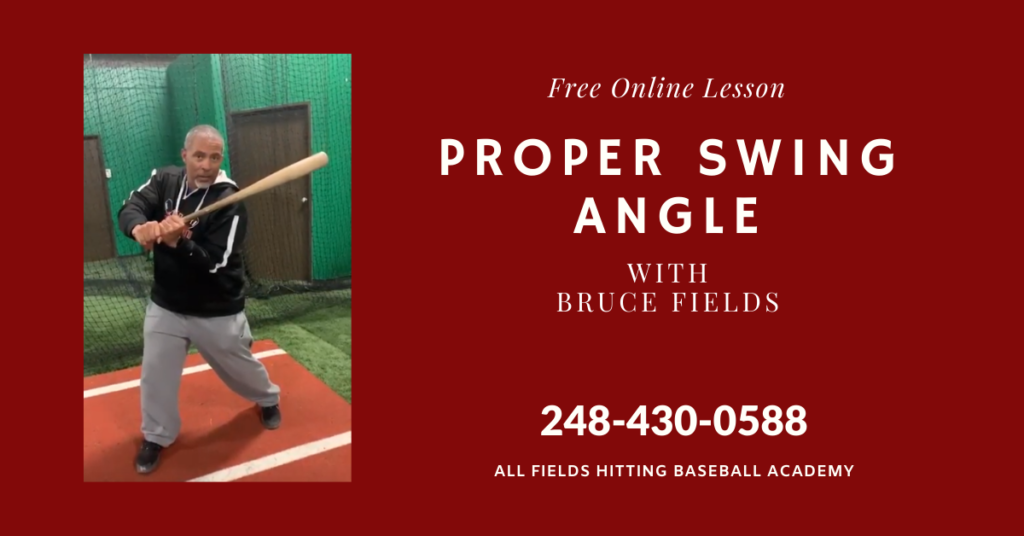Breaking Balls
Curveball (and Knuckle-Curve)
Breaking balls are all about movement. They tend to be thrown at a lower velocity than pitches in the fastball category, but velocity is dependent on the individual pitcher. The curveball is the king of breakers. It has many names, including “The Deuce” or “Uncle Charlie”. A curveball is often thrown 10-20 MPH slower than a pitcher’s fastball. A traditional overhand curve has a deep north-south break, as well as slight glove-side movement. The pitcher can adjust the amount of lateral movement depending on his arm position. Some crafty pitchers, like Yu Darvish, for example, can make their pitches do almost anything. From a 12-6 breaking curveball to a frisbee-style slider that breaks almost perfectly right to left.
When I was a kid, I was always taught to “snap off” a curveball. That means holding your wrist at neutral pronation and “breaking the wrist” in a snapping motion at the last moment when releasing the ball. When attempted at too young an age, this motion can cause serious elbow issues in young pitchers. A new method has developed over the past 20 or so years. It’s called the “pull-down” curveball. You start by holding your arm and wrist in the extreme supination position, with your palm facing in and back of your hand facing out. When you release the ball, you pull down on the seams with your middle finger, creating the downward rotation that produces the break.
The curveball is held with two fingers together on the seam of the large horseshoe. The middle finger touches the seam and is the finger that “pulls down” to create spin. Because the middle finger does all of the work, some pitchers will even hold the ball with their index finger raised or bent with their index fingertip touching the ball. This second style is called a “knuckle-curve”. It doesn’t have anything in common with a knuckleball, however, and only describes how the index finger is held. The rest of the process is the same.
Curveballs are best when thrown down in the zone, or even bounced in the dirt. A high curveball or one that doesn’t break as much as it’s supposed to is called a “hanging curveball”.
Slider
A slider has a higher velocity than a curveball, as well as a flatter glove-side break. Some of the best sliders in Major League Baseball are just a few MPH slower than the pitcher’s fastball, but they are usually about 9-12 MPH slower. Another benefit of a good slider is that it has late movement. This means that it looks like a fastball to the batter until after he starts his swing, then the ball starts moving and the batter cannot adjust in time and he swings and misses. A slider is held with the index finger and middle finger bisecting the seams horseshoe so that the tips of your finger grab the seam. When you throw the pitch with about 45-degree supination, the ball rotates out of hand and your fingertips “spin” it, giving it a tighter spin than a curveball.
Against opposite-handed batters, a slider thrown low and in will look like a strike but dive further down and in until it nearly hits their back foot. That location is called a “backfoot slider”. It makes a great strikeout pitch.
Offspeed Pitches
Straight Change-Up
The straight change-up is an easier pitch for young pitchers to adopt because it doesn’t require any stressful arm motions like pronation or supination. It only requires a good grip and the same arm speed as a fastball. The change-up is about deception. It looks like a fastball coming out of the pitcher’s hand but is 8-15 MPH slower. Because it travels slower, it drops more from the effect of gravity than a fastball.
Different pitchers have different ways to grip their change-ups, and each moves a bit differently, but they all have a few things in common. First, change-ups are held deep in the pocket of the hand, as opposed to fastballs and breaking balls that are held with just the fingers. Holding the ball deep in the pocket of your hand creates more surface resistance when you release it, and slows the ball down out of your hand. Secondly, Change-ups are thrown with either three or four fingers on the ball, while fastballs and breaking pitches use just two fingers (thumbs not included). The most common straight change-up is thrown using a three-finger grip. The index, middle, and ring fingers are held across the large horseshoe of the seams. The ball is held deep in the pocket of your hand and thrown with neutral pronation (meaning none). Another way to throw it that’s very similar is with four fingers. Your middle and ring finger rest on the parallel seams, while your index and pinky finger rest on the white space on either side. This is thrown the same as the three-finger change-up. (If you keep your first two fingers and second two fingers together, this is called a Vulcan Change, because your fingers make the Vulcan “V” greeting from Star Trek.) The last type of straight change-up is called a palmball. Not many people throw a palmball anymore. Your entire hand forms a “C” shape and the ball seats deep in your hand, using all of your fingers. Palmballs used to be more popular until pitchers found out that they had better control with other types of grips.
Circle Change-Up
The circle change-up is slightly harder to master because it takes the change-up grip and adds some pronation of the arm to get arm-side movement as well as drop. For the circle change-up grip, your index finger curls around the white space of the ball, touching the thumb underneath the ball and creating a circle or “OK” sign. The middle finger rests on the inside of the two parallel long seams. The middle finger will be the one that rotates the ball and will be the last finger touching the ball when you release it. When you release, your hand should be fully pronated, with your palm facing out, thumb pointing down, and pinky pointing up. This will create arm-side movement coupled with the downward drop of the change-up grip. Circle change-ups are effective pitching inside to same-handed batters and away from opposite-handed ones. Most importantly of all, all change-ups should be thrown low in the zone, or below the strike zone. Change-ups should never be pitched high in the zone.



